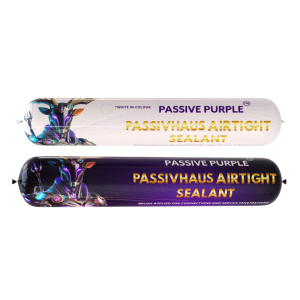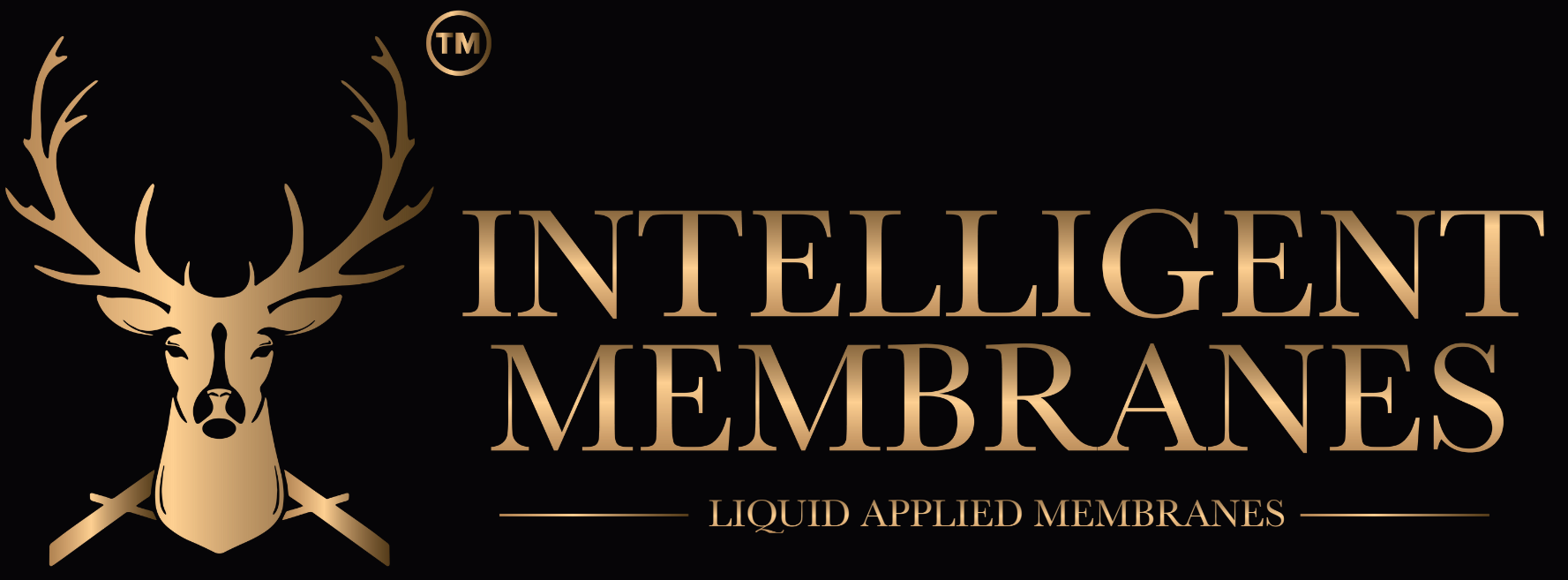8101
Why Passivhaus Sets The Standard
Written by

–
There’s a popular misconception about Passivhaus standards – so let’s nip that in the bud straight away. Passivhaus standards aren’t exclusively about high-end, multi-million-pound projects.
Whether you are a major developer or self-builder, you should be aware of the benefits of Passivhaus standards and think about how to apply them to your project.
Don’t think of it simply as a performance-based energy standard, but a way to contribute to more efficient, greener living.
So how can you introduce Passivhaus standards to your build? Read on to find out.
Passivhaus Doors
What’s the difference between a Passivhaus door and a normal door you may ask? Think of a Passivhaus door as a meatier, beefed-up version that is specifically designed to meet rigorous Passivhaus standards. The energy efficiency and thermal performance is far superior to a regular door. To achieve this, a Passivehaus door is specially designed to protect against air leakage. As you’d imagine, it is thicker but crucially, it’s also far better insulated and has extra latches and seals to ensure energy can’t escape.
Passivhaus Windows
We’ve all been there in the winter months. Shivering at home, wondering why, despite the heating being on the house just won’t warm to a satisfactory level. Windows are often the problem. They are a prime culprit for air leakage and cold draughts. Passivehaus windows are a different beast. They are (for the most part) triple glazed which means they are usually around twice as energy efficient as normal windows. Both the glass and frames are made from special materials that have low thermal conductivity meaning heat flow retention is more efficient.
Passivhaus Timber Frames
Thermal insulation is a key factor in building an energy efficient structure and it’s why Passivhaus timber frames are a crucial component of Passivhaus standards. Timber is extremely energy efficient and a natural insulator giving it an advantage over more traditional building materials. Timber frames are also easy to insulate and the low thermal mass means the building is quicker to warm up. It also means a cooler house during the summer months as external heat is kept out.
Passivhaus Retrofit
As we’ve already established, Passivehaus standards have multiple benefits. As a result, many new developments are now constructed with the Passivhaus ethos at the heart of the build. But what about older buildings? Can they be retrofitted to achieve Passivhaus standards?
The answer is yes, and many local authorities and housing associations are looking to implement this. While it is fair to say that the levels of insulation achieved may not be the same as a new development, retrofitting to Passivhaus standards still vastly improves the energy efficiency and overall quality of a building.
Written by
Passive Purple Editions
-

Passivhaus Airtight Sealant – 600ml
Enquire Now Below From £12.00 + VAT Select options This product has multiple variants. The options may be chosen on the product page

